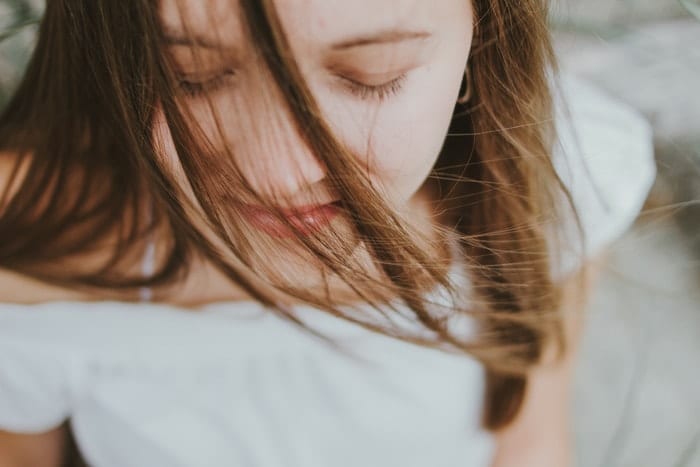Mindfulness is the buzz word on everyone’s lips these days and with good reason. It has been proven that with regular practice mindfulness can build attentiveness, enhance focus, reduce stress and improve social skills in children and young people. Fiona McKenzie, Director of Gabbitas Education Middle East, shares some simple ways for parents to help provide age-appropriate ways for children to practise mindfulness in their daily lives.

What is mindfulness?
Dominic Watts, the Gabbitas Education Mentoring consultant, explains “the word Mindfulness refers to a way of being in the world which is characterised by non-judgmental, conscious awareness of the present moment, whatever it brings. This means purposefully attending to both one’s ‘inner world’ (thoughts, sensations, emotions) and the external world.”
Whilst Mindfulness refers to a way of being which ought, ideally, to pervade one’s life, this is arrived at primarily through deliberate and regular practice of Mindfulness meditation. There are many different exercises which can come under this umbrella – particularly for children – and some fantastic ones for them to try as an introduction are listed below.
What are the benefits of regular mindfulness practice?
Research shows that people who regularly practise mindfulness show improvements in executive function which includes key skills such as attention, focus and planning. Schools that have introduced mindfulness into their curriculum report that pupils demonstrate better participation in group activities and show an increase in respect for others. But Dominic Watts says that for many of the children that he works with, the most dramatic effect he sees is in a student’s ability to manage stress and an overall improvement in happiness and wellbeing. He finds that emphasis on the importance of the present moment allows children to get the best out of themselves and make the most of their days without feeling anxious or pressured.
Important things to remember...
- Make sure your child practices mindfulness in a place that is quiet, familiar and safe
- Make sure they are ready to give it a try, if they are itching to play it might not be the best time
- Little and often with as many family members as possible is best!
- Ensure you explain what mindfulness is and isn’t in a way they can understand
- Keep it simple and use words such as awareness or noticing to keep your child on track
- Tell them it’s OK if they go off track and that it is normal to find it a bit challenging
- Practice what you preach and make sure you practice mindfulness yourself
- Most importantly of all, don’t make mindfulness a punishment!

Fun activities to try...
Spidey Senses
Ask your children to turn on their “Spidey Senses” i.e. their super-focused senses of sight, smell, hearing, taste and touch and ask them what they experience. This will encourage them to pay attention to the present and open their awareness to the world around them.
Body Scan
The body scan is one of the fundamental practices in mindfulness and is easy to teach to all ages. Have your child lie down and close their eyes. Tell them to scrunch and squeeze every part of their body as tightly as they can and, after a few seconds, ask them to relax. Do this a few times and ask them to bring attention to how their body is feeling.
Blowing up a balloon
Breathing deeply and rhythmically is really helpful in practising mindfulness. Ask your child to relax their body as much as possible and take deep breaths in and out through their nose. When they are ready, ask them to take a slow, deep breath to fill their entire stomach with air, as if they were trying to blow up a big balloon. Slowly tell them to let the air out of the balloon as you release the air, as slowly as they can. You can even ask them to make a “hissing” noise through their teeth as if they were letting the air out, as if the balloon were deflating.
Blowing bubbles
Tell your child to focus on taking a slow and deep breath in and out to fill the bubble. Encourage them to focus on what they see as they develop, float away and pop.
Safari Adventure
Tell your children that they’re going on an adventure where they have to spot as many birds, bugs or other living things they can. Not only does this turn an everyday walk into an exciting quest but it will help focus all of their senses to find them.
A Joy Journal
Encourage your child to keep a record of the things that have made them happy or brought them joy each day. If they can list three things each day it will help them a chance to reflect on their day and to focus on the good and positive things that have happened to them and enhance their sense of well being.
Useful apps to explore...
Mindfulness for Children: Meditations for Kids: This app is designed to help your child relax before bedtime in a language that is easy to understand.
Still Quiet Place: A great app that uses video to help your child learn how to go to a “still quiet place”.
Headspace (for Kids): A well-established and popular app that you and your child can use together.
Three Good Things: A Happiness Journal: An easy way to help your child focus on the positive and recognise what went well today.
Positive Penguins: These happy penguins will take you through a journey to understand your feeling and challenge your thinking.

